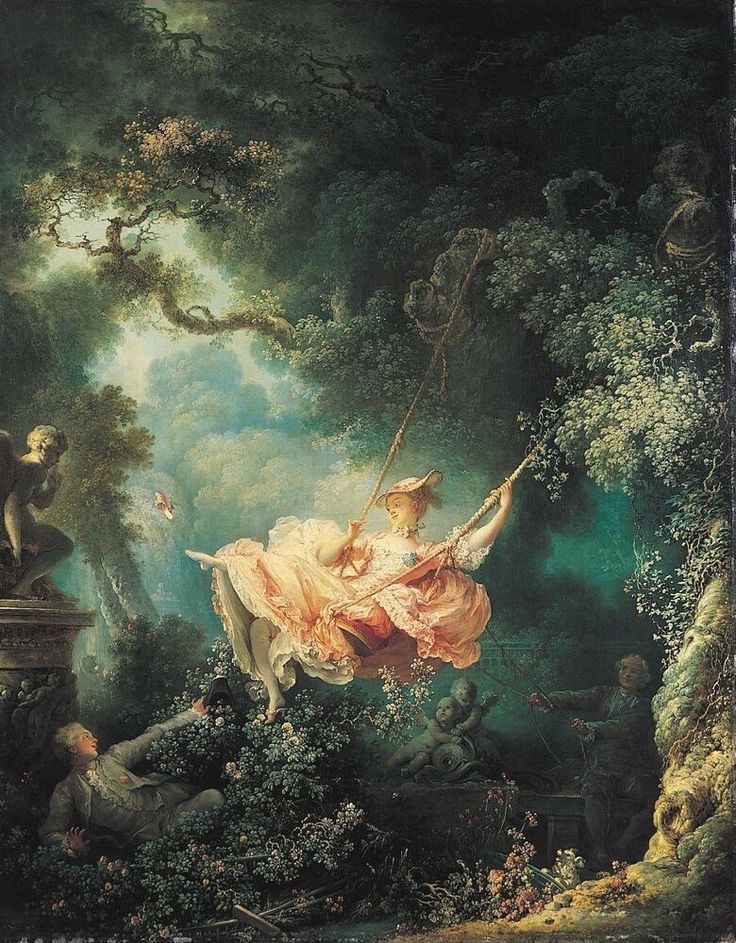Impressionism: A Revolutionary Art Movement
Impressionism, a revolutionary art movement that emerged in the late 19th century, forever changed the landscape of the art world. It broke away from the conventions of classical art and embraced new techniques and perspectives, reshaping how we perceive the world and express creativity. From its origins in France to its global influence, Impressionism has left a profound impact on the way art is created, appreciated, and understood today.
In this exploration, we will delve into the history of Impressionism, its key figures, and the lasting significance of this groundbreaking movement in the context of daily life, society, and the art world.
History and Origins
The birth can be traced to the 1860s in Paris, where a group of young, innovative artists began to challenge the traditional academic approach to painting. Prior to this, the art world was dominated by realistic depictions and historical or mythological themes, often painted in dark, muted tones. Artists had to adhere to strict academic standards set by the French Academy of Fine Arts, which valued precision and formal compositions.
It’s, however, took a different path. The movement sought to capture fleeting moments, light, and color, often painting scenes from everyday life. The term “Impressionism” itself was coined by a critic named Louis Leroy, who derisively referred to Claude Monet’s painting Impression, Sunrise (1872) as an “impression” rather than a finished artwork. Little did he know that this “impression” would ignite a revolution in the art world.
The Impressionist artists sought to depict nature and urban life as they saw it, focusing on the effects of light and weather, as well as the transient nature of life. They often painted en plein air (outdoors), capturing the atmosphere of a scene rather than focusing on fine details. Their works were bright, vibrant, and spontaneous, offering a new way of seeing the world.
Key Figures of the Movement
- Claude Monet: One of the most iconic figures of Impressionism, Monet’s work focused on capturing light, color, and atmosphere. His famous series such as Water Lilies and Impression, Sunrise are prime examples of his ability to create scenes full of fleeting beauty.
- Pierre-Auguste Renoir: Renoir’s work often focused on the human form and social gatherings, capturing moments of joy and intimacy. His use of light and color to depict everyday life made his paintings vibrant and full of energy.
- Edgar Degas: While often associated with the Impressionists, Degas was more focused on human figures, especially dancers and bathers. His innovative use of perspective and movement brought a unique energy to his works.
- Édouard Manet: Although not always considered a full member of the group, Manet’s work influenced the development of Impressionism. His painting Olympia challenged traditional norms and paved the way for more modern and expressive art.
- Camille Pissarro: Known for his landscapes and rural scenes, Pissarro captured the serenity of nature and the vibrancy of rural life. His works demonstrate the Impressionist technique of blending colors and emphasizing light.
Daily Life Impact
It had a significant impact on daily life during its emergence, as it reflected the changing world of the late 19th century. The Industrial Revolution had rapidly transformed society, bringing about urbanization, the rise of the middle class, and new technological advances. Artists began to capture these shifts, painting modern life as they saw it—busy streets, leisure activities, and people in their everyday environments.
- New Perspectives on Life: The focus on daily life meant that people saw their own experiences reflected in art. Scenes of cafés, parks, and city streets brought the vibrancy of everyday moments into the spotlight, allowing people to connect with the art on a personal level.
- Light and Color: The Impressionists’ emphasis on capturing light transformed how people saw the world around them. By exploring the effects of sunlight on landscapes, figures, and architecture, they brought a fresh, dynamic perspective to the world.
- Influence on Modern Art: Impressionism laid the foundation for many 20th-century art movements, such as Post-Impressionism, Fauvism, and Cubism. It shifted the focus from technique to emotion, expression, and subjective perception.
Significance in Today’s World
It’s impact is still felt in the art world and beyond, influencing not just visual arts but also the way we think about creativity, perception, and the passage of time.
- Breaking Tradition: It’s rebellion against traditional artistic standards paved the way for future avant-garde movements. Artists no longer felt confined by rigid rules and could explore new techniques, subjects, and styles.
- Artistic Freedom and Innovation: The movement introduced a sense of freedom and spontaneity, encouraging future artists to embrace personal expression and experiment with new materials and methods.
- Influence on Popular Culture: Beyond the gallery, It has become an integral part of popular culture. Its vibrant colors and evocative landscapes have inspired fashion, design, photography, and even film. The works of Monet and Renoir are often referenced in everything from interior design to advertisements, reflecting the movement’s deep cultural relevance.
- Capturing the Moment: It’s focus on “capturing the moment” speaks to our modern desire to freeze time. In today’s fast-paced world, the movement’s focus on fleeting experiences resonates with our ability to capture moments instantly with photography and video.
Important Points
- Light and Color: It’s paintings are known for their use of bright, vibrant colors and their exploration of light’s changing qualities.
- Plein Air Painting: It often painted outdoors, allowing them to capture real-time changes in light and the environment.
- Rejection of Tradition: It’s rejected the formalism of academic art, embracing freedom of expression and creating works that were often spontaneous and unfinished-looking.
- Daily Life as Art: The subjects of Impressionist paintings often included scenes from everyday life, such as leisure activities, urban environments, and nature.
- Long-Term Influence: It laid the groundwork for many modern and contemporary art movements, influencing everything from photography to abstract expressionism.
FAQs
- What inspired the movement? The movement was inspired by a desire to break away from traditional academic art and embrace a more spontaneous, real-time approach to painting. Artists were influenced by the industrial changes in society and the development of new artistic techniques.
- Why is it called “Impressionism”? The term “Impressionism” was coined by art critic Louis Leroy, who dismissed Claude Monet’s painting Impression, Sunrise as unfinished and merely an “impression” rather than a complete work.
- How did affect daily life? Impressionism made art more accessible by reflecting modern life, from bustling city streets to peaceful rural landscapes. It emphasized capturing the fleeting nature of the world around us.
- Who are the most famous artists? Some of the most famous Impressionist artists include Claude Monet, Pierre-Auguste Renoir, Edgar Degas, Édouard Manet, and Camille Pissarro.
- What is the significance of today? Impressionism continues to influence modern art, fashion, and culture. Its emphasis on light, color, and personal expression paved the way for contemporary movements and the democratization of art.
The Enduring Legacy
It forever altered the art world, moving away from rigid tradition and focusing instead on personal expression and the fleeting nature of the world. It continues to inspire artists and audiences alike, demonstrating the power of seeing the world through fresh eyes. The movement’s emphasis on light, color, and everyday life has left a lasting mark, ensuring that Impressionism remains as relevant and influential today as it was in the 19th century.
In a world that constantly changes, Impressionism reminds us to embrace the beauty of the moment, capturing life’s fleeting beauty in a way that transcends time.











After going over a few of the articles on your site, I truly appreciate your technique of blogging.
I saved it to my bookmark website list and will be checking back in the near
future. Please visit my website as well and tell me what you think.